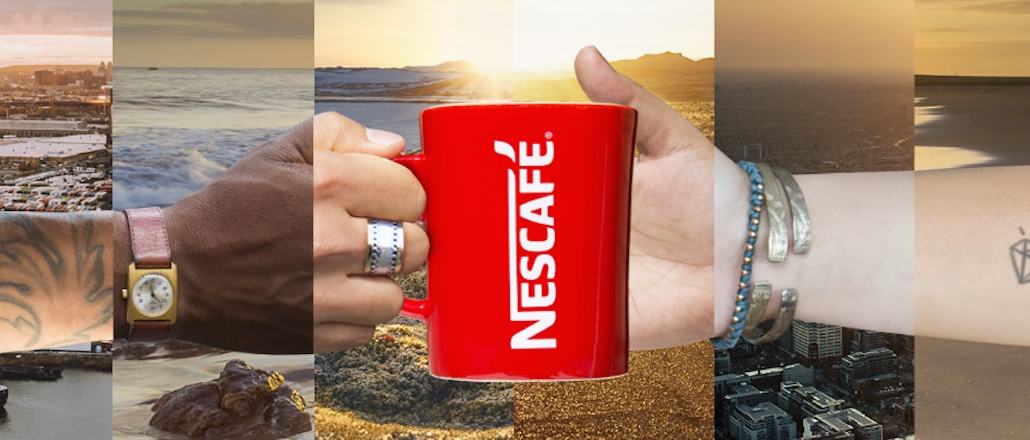Save 50% on a 3-month Digiday+ membership. Ends Dec 5.

With a presence on platforms including Snapchat, Instagram and Viber, 78-year-old instant coffee brand Nescafé has invested in growing its relevance among so-called digital natives.
According to data from social media analytics firm Socialbakers, in the last year the brand has grown its global Facebook following 14 percent to over 34 million fans. Its main page is the second-fastest growing beverage page on the platform, behind Coca-Cola.
Now, according to its head of global integrated marketing, Michael Chrisment, Nescafé has set a goal: a quarter of its digital spend is going toward getting people to buy Nescafé products from its Tumblr page and elsewhere on social media.
“ROI is as important for social media as it is for any other communication channels,” he said. “Our objective is to be having an online market share that’s higher than offline.”
Last year, the brand decided to move its websites to over 50 different Tumblr pages, filled with GIFs and user-generated videos suitable for goldfish attention spans. Despite only 10 of these sites having a “buy now” button linked to local retailers, the brand saw $200,000 in sales in the first six months. Meanwhile, its mobile traffic increased 20 percent.
“Tumblr was a way to modernize and rejuvenate and get into the equation,” Chrisment explained. “We’re an image-driven brand, and it works as a crossroads to connect everyone to our content.”
Now that it has seen green shoots with its e-commerce tie-in, the brand is rolling it out to new territories: Its most recent social media campaign, “Good Morning World,” ran across 58 countries on International Coffee Day, Oct. 1. It was a 24-hour stream of clips of users passing along a coffee mug which reached 15 million people across Facebook Live, Periscope and YouTube.
The first stage was about seeding content across social media. Next, the brand released the results of the campaign in a publicity push. Now, the aim is to convert the users who came across the campaign into customers via retargeting messages on social and paid media. It’s too soon for results, Chrisment said, but it looks promising so far.
Another area of where Nescafé is exploring how to monetize its social following is through chatbots. The brand is currently running tests to see how its Dolce Gusto range of coffee machines can run customer service through Facebook Messenger. The brand is also exploring how to implement conversational commerce and “will encourage” linking with AI agents like Amazon’s Alexa.
Ad position: web_incontent_pos1
“We want to demonstrate how we are modernizing the brand and connecting with millennials, to be there for the next 78 years or more,” added Chrisment.
More in Marketing

Ulta, Best Buy and Adidas dominate AI holiday shopping mentions
The brands that are seeing the biggest boost from this shift in consumer behavior are some of the biggest retailers.

U.K. retailer Boots leads brand efforts to invest in ad creative’s data layer
For media dollars to make an impact, brands need ad creative that actually hits. More CMOs are investing in pre- and post-flight measurement.

‘AI is permeating everything we do’: How Guitar Center developed 2 AI tools this year
This summer, the company launched a chatbot called Rig Advisor to help customers find the right instruments and products.
Ad position: web_bfu
